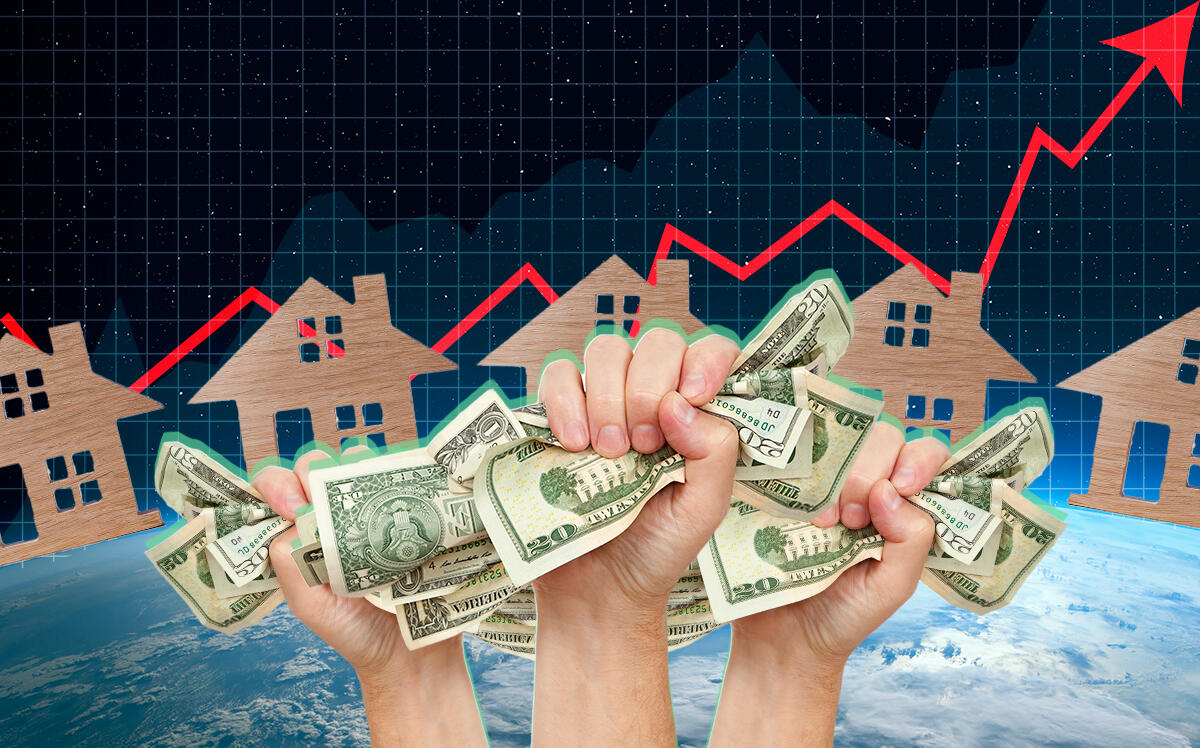
(iStock)
The following is a preview of one of the hundreds of data sets that will be available on TRD Pro — the one-stop real estate terminal that provides all the data and market information you need.
America’s housing market exploded last year as surging demand met dwindling supply, sparking bidding wars that drove home prices to record highs.
After creeping up 3.6 percent in 2019, the average home price surged by nearly triple that rate in 2020, ending the year up more than 9 percent. Last year, price increases accelerated even further, soaring another 18 percent from 2020.
18.16%, Rise in home prices from January to December 2021
All told, the average U.S. home prices jumped from $239,870 in January 2019 to $320,662 in December 2021 — a staggering 33.7 percent increase.
These figures come from the Zillow Home Value Index (ZHVI), a smoothed, seasonally adjusted measure of the typical value for homes in the 35th to 65th percentile range, as calculated by the home listing giant.
The upward spiral in prices attracted investors, who snapped up a record 18.2 percent of all U.S. homes purchased in the third quarter, according to a report by Redfin. Investors — defined in the report as any institution or business purchasing residential real estate — bought more than 90,000 homes in the quarter, a more than 80 percent jump over the same period in 2020.
33.68%, Rise in home prices from January 2019 to December 2021
Borrowing for home purchases also reached record levels last year. Mortgage lenders doled out more than $1.6 trillion in loans in 2021, topping the $1.5 trillion lent in 2020 and beating the record $1.51 trillion set in 2005 as the housing bubble was starting to peak.
Fixed rates for 30-year loans are still holding at a historically low 3 percent, but rising prices and falling inventory may slow momentum in the coming year. For-sale inventory ended 2021 down more than 24 percent from December 2020.
